
May 21, 2014, by Blue-Green team
Co-location research; it’s not just about the work…there are mountain trails to climb!
On Saturday May 10th several of the Clean Water for All (CWFA) team (and some willing hiking partners including Noelwah Netusil, Reed College and part of the CWFA team) took a break from the research and headed over the Columbia River into Washington State to climb the Hamilton Mountain trail (part of the Columbia River Gorge). This hike is known for its views of the Columbia River Gorge (including Bonneville Dam), a beautiful waterfall, views of Mt. Adams (if the weather is clear), and abundant wildflowers (including the chocolate lily). We did 8.1 miles and an elevation change of 2000 ft, which was not bad considering the luggage allowance for flights from the UK to US did not allow me to bring my hiking boots (I do have some very muddy trainers now though!) Here are some of the favourite photos.
We started the trail with a magnificent view of Beacon Rock, a 848 feet (258 m) tall, basaltic monolith, and one of the largest in the northern hemisphere. We then headed onto the trail proper after stopping for the prerequisite photo opportunity.
When we got the a fork in the road we took the “more difficult” route! And saw some magnificent waterfalls, which were likely sourced from snowmelt from mountains in the upper reaches.
At the top of the trail we could see the Bonneville dam in the distance. The Bonneville dam is located ~145 river miles from the mouth of the Columbia and provides hydropower to the Pacific Northwest. Bonneville can produce up to 1,067 mw of power (interesting facts and figures from the Northwest Power and Conservation Council power generation map) and contains a fish ladder to enable fish to continue along their natural migration route. Live cameras of fish passage through the counting stations can be viewed on the website. The fish are counted (by a person!) every day and that data is used to extrapolate how many fish pass through the dams at night. 3,042 Chinook salmon adults passed through Bonneville on the day of our trip (adult salmon counts, May 10th 2014, Columbia Basin Fisheries Agencies and Tribes, Fish Passage Center (FPC)), a small fraction of the 1,129,662 adults passing through in 2013 – that’s a lot of salmon! (FPC, adult salmon annual totals).
Heading back down the trail we experienced the myriad of greenery of Washington State forests and encountered a strange tree trunk that looked like it had been gnawed by beavers – this was reminiscent of the gnawed trunks along Johnson Creek (a tributary of the Willamette River, route for salmon migration and the key study site of this research trip, see the Johnson Creek Watershed Council website) we saw when the Blue-Green Cities team visited Portland last year (2013 Portland fact-finding mission).
A brilliant trip out into the Columbia Gorge – it certainly recharged everyone’s batteries ready for the next week ahead! Blog post by Emily Lawson, University of Nottingham.
Read more about the Clean Water for All 2014 research project on our website and download the inception report (working document, 1 MB)


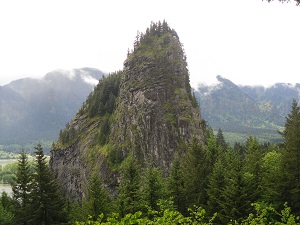
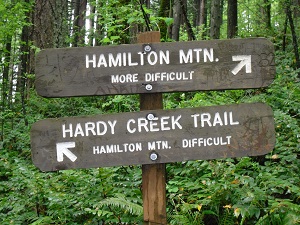

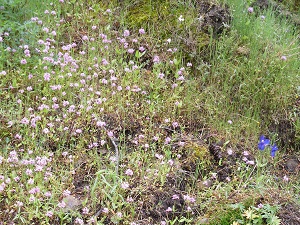
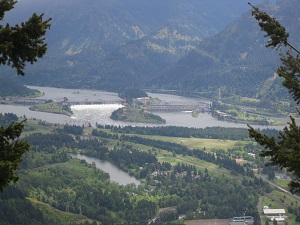

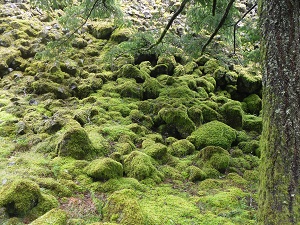


[…] In this trip, they used the opportunity to take a well-deserved break to explore the beautiful Washington State Park, and naturally documented the views of waterfalls, dams and beaver-gnawed tree trunks. […]